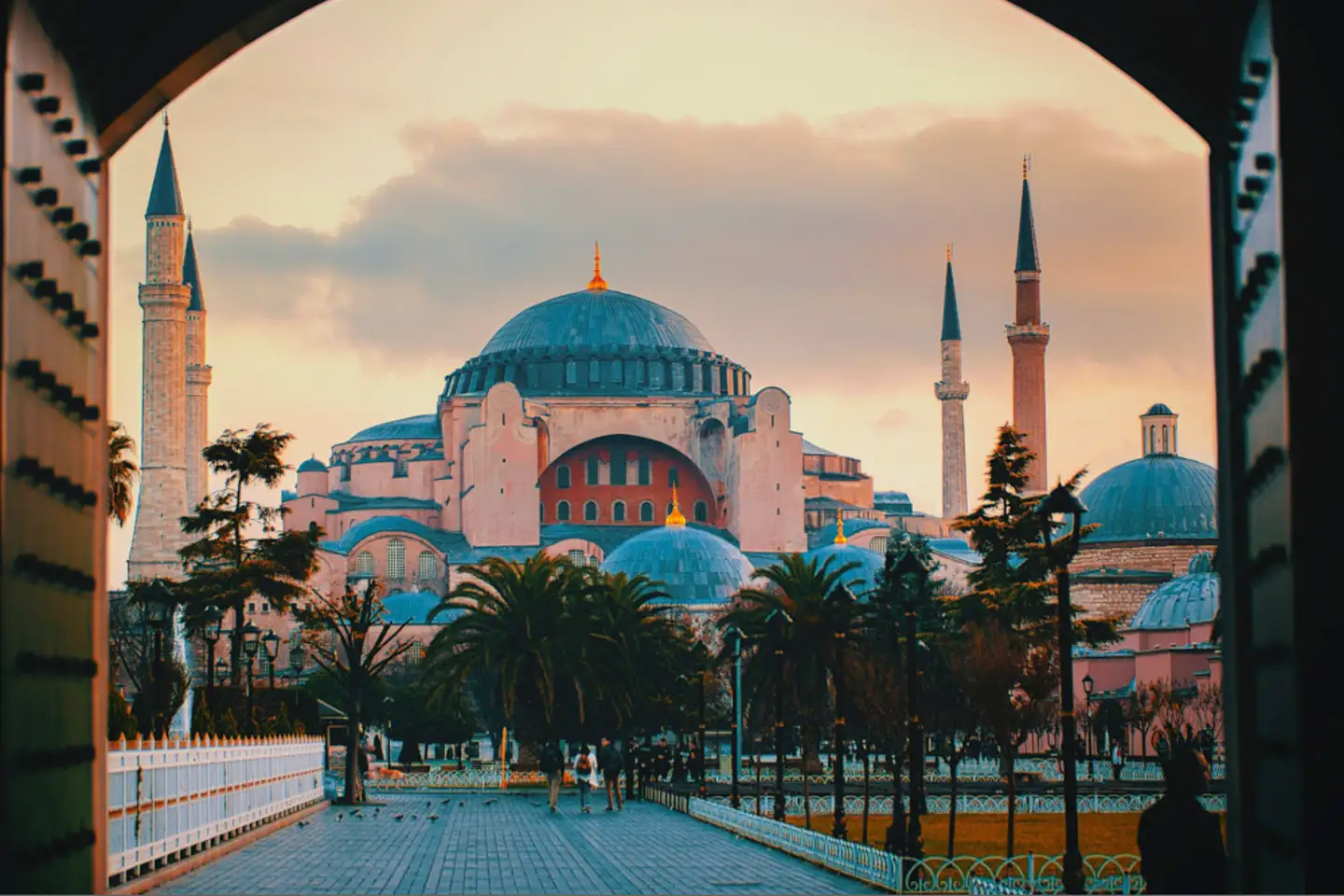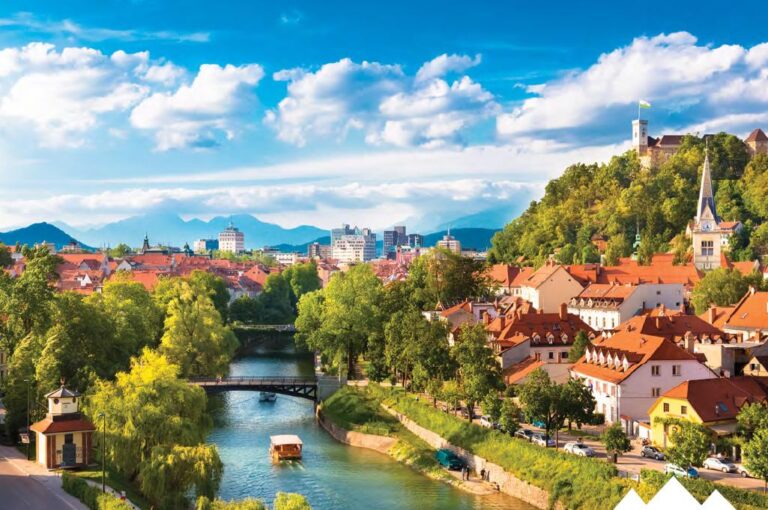Hagia Sophia, Istanbul The Eternal Icon of Shape-Shifting Spirituality
Let’s be real: Hagia Sophia is like that one person who’s lived multiple lives, changed outfits countless times, but somehow remains iconic. From church to mosque to museum and back to mosque again, she’s seen empires rise and fall, tourists get lost, and influencers strike dramatic poses in front of her gates.
Located in the heart of Sultanahmet, Istanbul, Hagia Sophia isn’t just a historical site. She’s in the mood. A vibe. A symbol of the ultimate main character energy across centuries.
One minute you’re admiring her 6th-century Byzantine mosaics, the next you’re standing under massive Ottoman chandeliers thinking, “Wow, this place has layers.”
The Backstory: 1,500 Years of Reinvention
Built in 537 CE during the reign of Byzantine Emperor Justinian I, Hagia Sophia (which means “Holy Wisdom”) was originally constructed as a cathedral. It was the largest Christian church in the world for nearly 1,000 years. The architecture? A flex of divine proportions. Giant dome? Check. Marble pillars from ancient temples? Double check. Angels painted so beautifully, you feel like they’re judging your soul? Absolutely.
Then came 1453. Cue Sultan Mehmed II waltzing into Constantinople (now Istanbul) and converting Hagia Sophia into a mosque. Minarets went up, the call to prayer echoed, and the mosaic angels got veiled, not deleted. Respect.
Fast forward to 1935, and here comes the ultimate plot twist: Turkey’s secular government under Atatürk turned it into a museum. And then another twist in 2020: it became a mosque again, but this time with visitor access preserved. Hagia Sophia stays booked and busy.
Architectural Glow-Up Goals

Hagia Sophia’s interior isn’t just a feast for the eye, it’s an all-you-can-eat buffet of civilizations. Byzantine mosaics of Jesus, Mary, and saints peek out behind Islamic calligraphy and gigantic medallions bearing names like Allah, Muhammad, and the first caliphs.
Stand directly under the main dome (31 meters wide and 55 meters high) and you might get that “am I floating?” feeling. It’s not magic; it’s 6th-century engineering sorcery.
The marble floor? Worn smooth by centuries of sandals, boots, and sneakers. The columns? Borrowed from ancient cities like Ephesus and Baalbek because recycling was chic even back then.
It’s not just the details, though. It’s the light that dances between past and present, faith and form. Every corner has a story. Every arch a whisper.
Spiritual Energy: Thick Enough to Feel
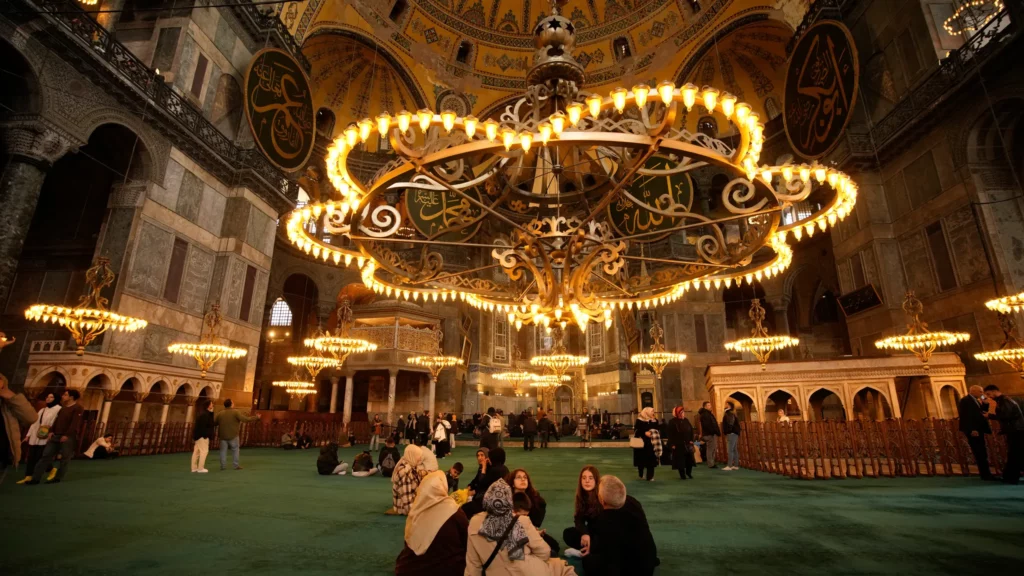
Whether you’re religious or not, stepping inside Hagia Sophia does something to your nervous system. It’s calm. Echoey. Intimate, despite its grandeur. You feel time slowing down. Or maybe that’s just your phone trying to get a signal through 3-meter-thick walls.
For Muslims, it’s now an active mosque again. Prayer carpets cover the marble, and visitors are asked to dress modestly and remain respectful. Non-Muslim tourists are still welcome outside of prayer times, and yes, you can still look up and whisper, “Whoa.”
You’ll see people sit quietly, some reading, others just staring upwards as if searching for answers in the arches. SpoilerYouou might find them.
Insta Tips: Capture That Byzantine-Ottoman Crossover
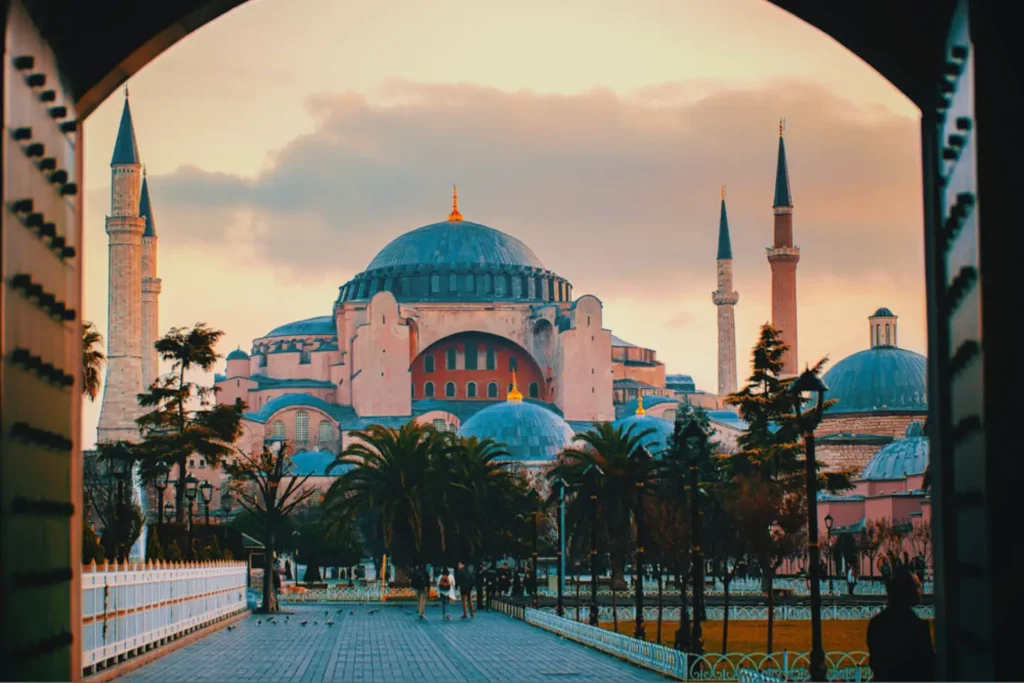
- Golden hour hits differently here. Try 4–6 PM for dramatic shadows and light through the windows.
- Want that iconic shot under the dome? Use a wide-angle lens or flip your phone upside down for better symmetry.
- The exterior? Best photographed from Sultanahmet Park or the upper terrace of the nearby Seven Hills Restaurant.
- Don’t forget the cats. Hagia Sophia’s feline residents are co-owners at this point.
- For a dreamy night shot, walk by after dinner. The building glows like something out of a legend.
Visiting Hagia Sophia: What You Need to Know
- Entry Fee: Free (since it’s a mosque now), but donations are welcome.
- Opening Hours: Generally open daily, except during major prayer times.
- Dress Code: Modest attire required. Scarves are provided at the entrance if needed.
- Best Time to Visit: Early morning or just before closing to avoid crowds.
- Photography Rules: Be respectful. No flash during prayer times. Tripods are not allowed without special permission.
- Nearby Spots: Don’t miss the Blue Mosque across the square, Basilica Cistern, or a quick tea break in Arasta Bazaar.
Hagia Sophia’s Role in Pop Culture & Identity
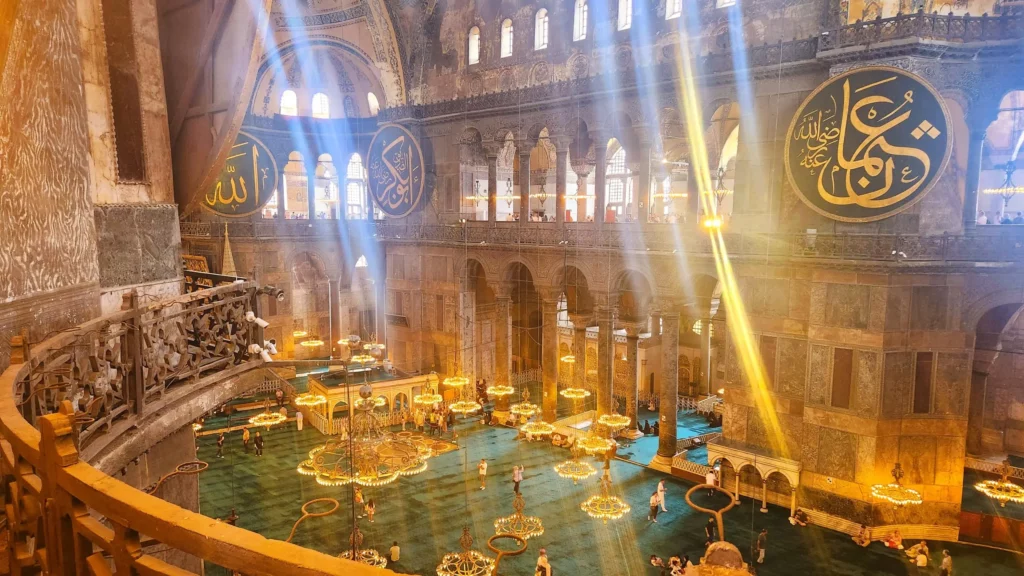
This isn’t just a UNESCO site. Hagia Sophia is a character in films, books, poetry, and debates. Its transitions between religious roles have sparked headlines, academic papers, and TikTok debates. Everyone has an opinion, and that’s proof she still matters.
From Dan Brown novels to travel vlogs with millions of views, Hagia Sophia is part of the global imagination. Walk in, and you’re not just a tourist. You’re a witness to the layers of faith, politics, and identity that have shaped not just Istanbul, but the world.
Final Thought: The Soul of Istanbul
Some landmarks impress you. Others teach you. But Hagia Sophia? She embraces you. It doesn’t matter if you come as a believer, a history geek, or just a curious traveler. You walk out carrying something invisible, yet deeply grounding.
And honestly, in a city that never stops moving, she remains the still point.
Want to feel like you just walked through centuries in under an hour? Hagia Sophia’s got you.

